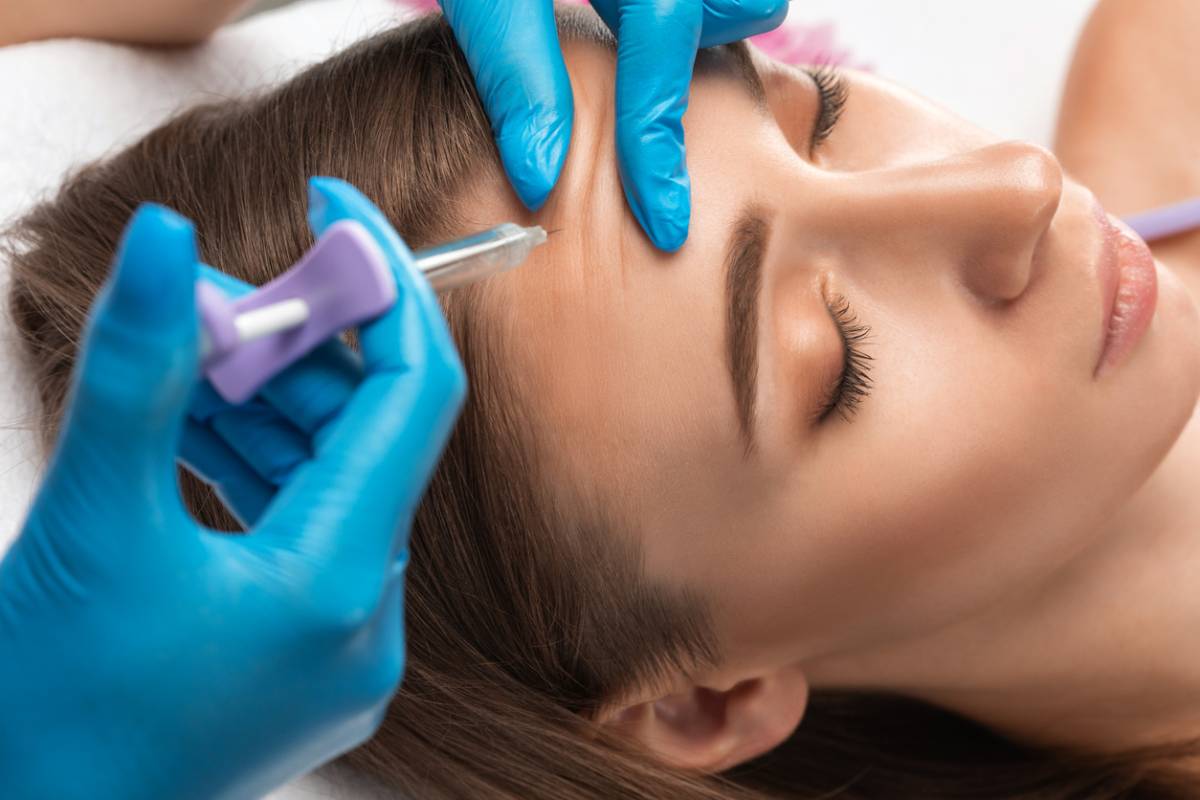Neurotoxin is a substance that is found in fillers to a minute degree. In these aforementioned fillers, it typically is present only in very small amounts. When utilized in this minute form, the toxin actually has a wide range of utilizations in the plastic medical sciences. This is true as well in Oculoplastics. Below we cover some key cosmetic uses for Neurotoxin in oculoplastics.
Cosmetic Uses For Neurotoxin in Oculoplastics
If you’re interested in how Neurotoxin injections in Denver are utilized, then take a read over this summary of the different ways in which it can be used for various procedures.
The Background of Neurotoxin
Neurotoxin is a toxic protein that is produced by a strain of bacteria known as Clostridium Botulinum. It might surprise you to know that it’s actually the same toxin that produces the condition known as Botulism.
Neurotoxin has been of use to humanity for several centuries. One of the first accounts of its use appeared in Germany in the 1700s, which attributed it to a series of food poisonings from blood sausages.
The chemical was further utilized in WWII, where military forces attempted to weaponize its ability to induce paralysis. Thankfully, this never caught on.
It wasn’t until the late 20th century that the toxin began to be investigated for its potential therapeutic use. By 2002, it was approved by the FDA for smoothing out wrinkles.
This, in turn, launched a multi-billion-dollar industry in plastic surgery and gave the substance it’s most commonly known brand name.
In Oculoplastics, the substance has found several major uses. Here are outlines of those uses.
Forehead Lines
Neurotoxin is highly effective at treating forehead wrinkles. Forehead wrinkles are typically formed by a repeated upward pulling of the frontal muscles of the face.
Oftentimes, injecting just this frontal muscle is all that’s needed in order to treat obnoxious forehead wrinkles.
Prior to any treatment of forehead wrinkles, it’s additionally important to address the possibility of ptosis developing, should that be indicated by how the trajectory is building in the lines.
Glabellar Lines
Glabellar lines are a type of crease that forms in between the eyebrows due to a repeated downward pulling of the brows.
Neurotoxin is one of the common substances utilized to treat lines like this when they’ve formed. There are other types of drugs that can also be utilized, such as Jeuveau and Daxxify.
Depending on the severity of the Glabellar lines, different strengths of Botulinum might be utilized.
Eyebrow Repositioning
Although there is much diversity in terms of what is considered to be the ideal brow shape across the globe, trends worldwide indicate that arched eyebrows over the lateral canthus of the eye are generally thought to be the most pleasing.
These attractive features, even if you have them from birth, are some of the first to deteriorate as one age. For this reason, repositioning the eyebrows is one of the more popular requested utilizations for Botulinum.
Generally speaking, physicians will employ a small dose at the injection site in order to provoke the muscles surrounding the brows to re-elevate the brow. This provides the much-desired arch to the brows.
Periorbital Wrinkles
Periorbital Wrinkles are a type of wrinkle that develop along the corners of the eyes as a result of years of squinting.
You might also know these wrinkles as “Crow’s Feet.” Left unaddressed, they can become quite noticeable, indicating stress and aging.
Botulinum has the potential to subvert these developments, with physicians injecting the substance around the corners of the eyes to rejuvenate this area of the face.
Possible Side Effects
One interesting side effect of repeated Botulinum treatments is that patients may develop a resistance to the chemical. This is due to the body’s natural defenses being activated in response to a slightly toxic substance being introduced.
However, this is a relatively rare occurrence, with less than 2% of patients developing anti-bodies.
Asides from this, there are actually very few adverse side effects from repeated Botulinum injections. Some of the milder effects that are possible include these:
- Ptosis
- Ecchymosis
- Headache
- Hypesthesia
Certain serious medical conditions, or being pregnant, are some things that may prevent you from undergoing Botulinum treatment. You’ll be able to discuss your unique case with your physician in your pre-surgical consultation.
Denver’s Headquarters for Neurotoxin
McCracken Eye and Face prides itself on being a center for the best eyelid surgery in Denver. Whether it’s for Botulinum treatments or something else, feel free to visit our website in order to schedule a consultation and start your plastic surgery journey today.



